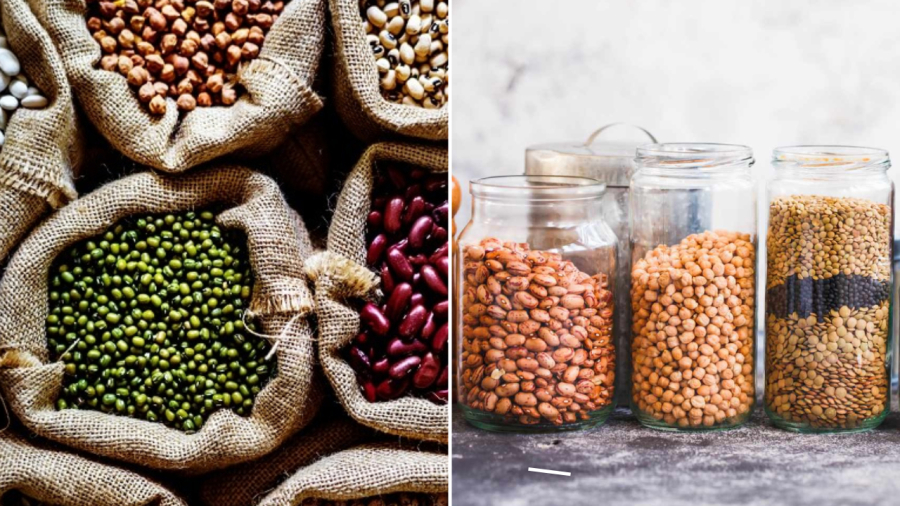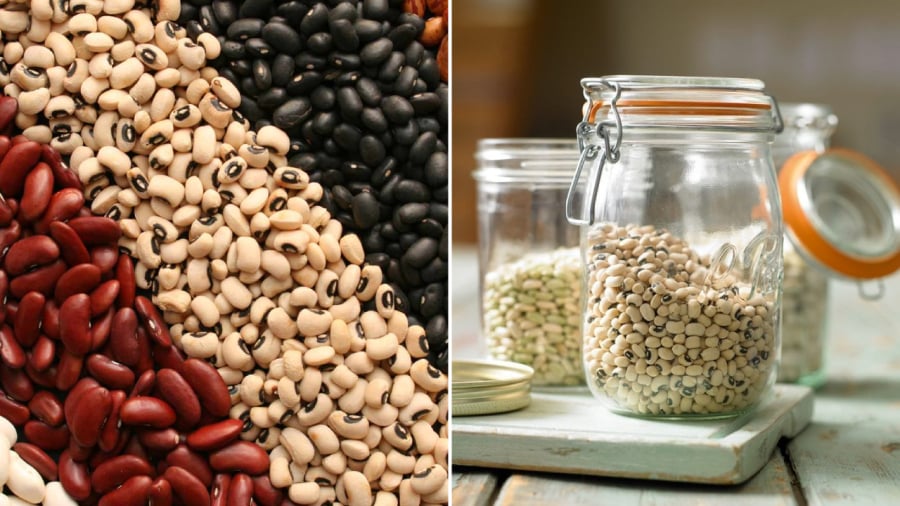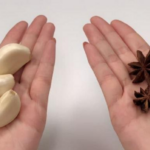Pre-storage preparation
– Clean and sun-dry beans and pulses before storing
Before storing beans, pulses, or any other type of grain, it is essential to sort and discard damaged, infested, or low-quality grains. Retain only the whole and healthy grains.
Sun-drying is the next crucial step to reduce moisture content. This process not only extends the shelf life of the grains but also helps eliminate insect eggs that may be present.
– Choose the right storage containers
Opt for clean and dry containers such as jars, pots, or boxes. Ensure they are thoroughly washed and completely dry before use.
Alternatively, you can use plastic bags or ziplock bags, but make sure they are clean and absolutely dry.

Dry and clean containers are essential for long-term bean and pulse storage.
Bean and Pulse Storage Tips
– Use ash
Ash contains alkaline substances like calcium, magnesium, and potassium, which have excellent disinfectant and moisture-absorbing properties. To utilize this method, spread a layer of ash at the bottom of your storage container. Cover it with a layer of paper, and then add your beans or pulses. Seal the container tightly.
– Combine ash with Xan or Binbong leaves
This traditional storage method combines ash with Xan or Binbong leaves, enhancing its moisture-absorbing and disinfecting capabilities.
First, spread a layer of ash at the bottom of your container, followed by a layer of Xan or Binbong leaves. Then, add your beans or pulses and seal the container tightly. Store it in a cool, well-ventilated area.
– Garlic as a natural preservative
Garlic possesses antibacterial and insect repellent properties, making it an excellent natural preservative. Place a few garlic cloves together with your beans or pulses in the storage container. This will help prevent deterioration over an extended period.
– Opt for glass jars, plastic containers, or food storage boxes

Using airtight containers is the most popular method for storing beans and pulses today.
The market offers various options for bean and pulse storage, including glass jars, plastic containers, and specialized food storage boxes.
Simply clean and dry the container, fill it with the beans or pulses, seal it tightly, and store it in a cool, dry place, away from direct sunlight.
Additionally, you can reuse plastic water bottles. Wash and dry the bottles thoroughly, fill them with the grains, tighten the caps, and store them away.
For added protection, include some silica gel packets in the container to ensure the grains remain dry.
Another long-term storage option is to use vacuum-sealed bags. Fill the bags with sun-dried beans or pulses, remove the air, and seal the bags tightly. Store these bags in a cool, dry place, out of the reach of rodents and insects.
The Ultimate Rice Storage Solution: Keep Rice Fresh and Pest-Free for Years
“Moth infestations in rice are a nuisance and can greatly diminish its nutritional value and taste. This is a common problem faced by many, and it’s time to equip yourself with a simple, cost-effective solution to get rid of these pests. It’s a nifty trick that every homemaker should know, and it won’t cost you a dime!”






































